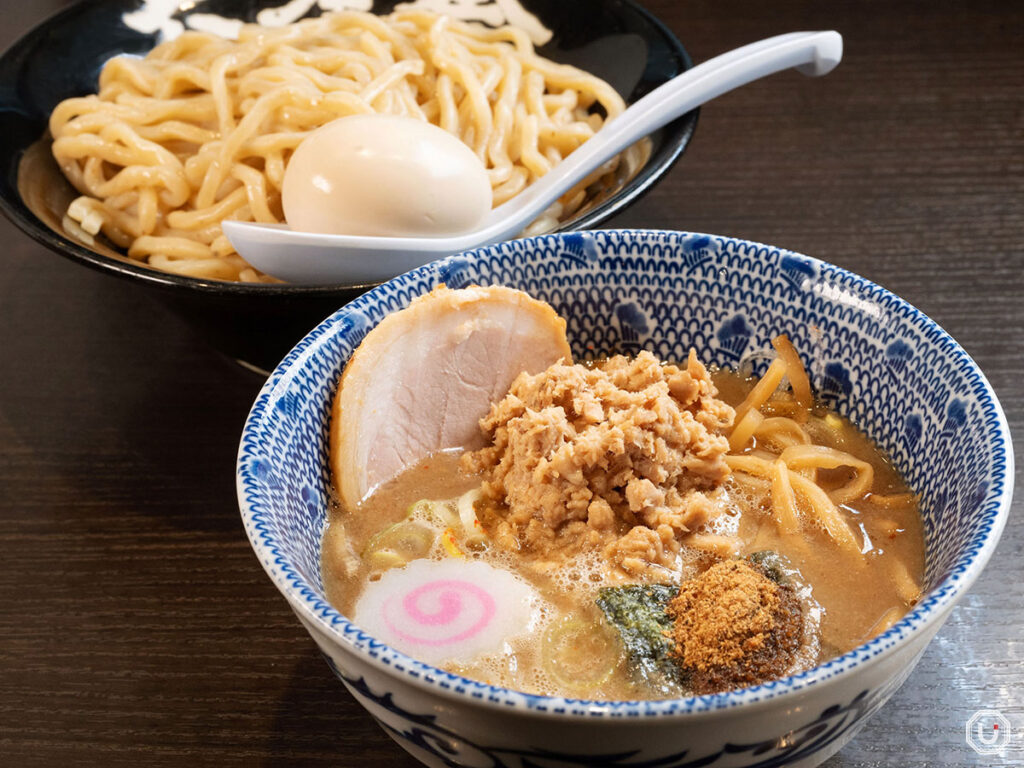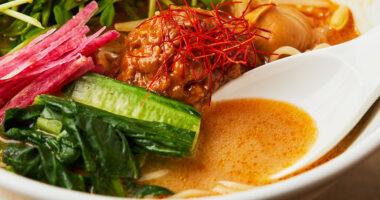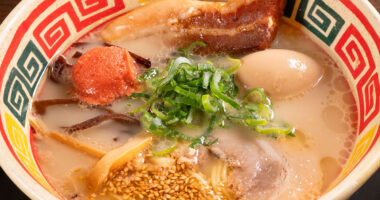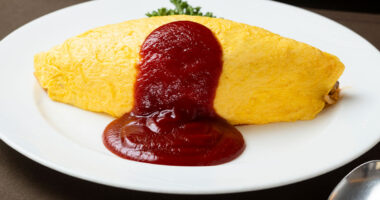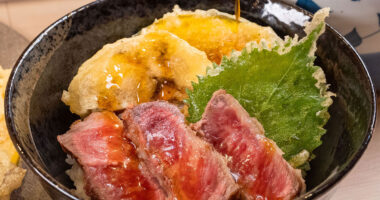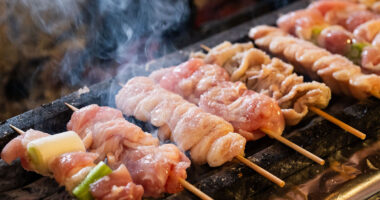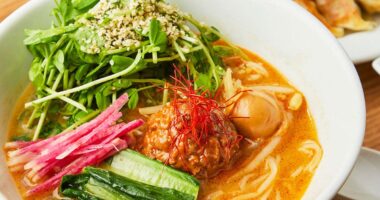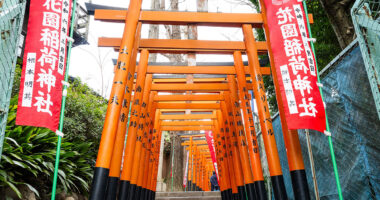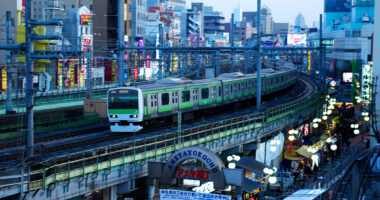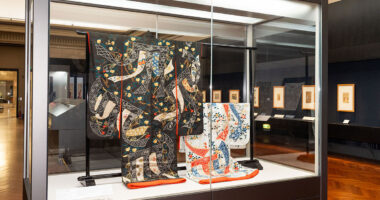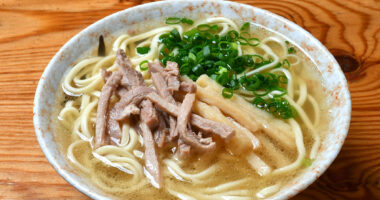“Rokurinsha” is a well-known name among ramen enthusiasts in Japan.
With five locations in Tokyo, the popular restaurant often has customers lining up out the door. Such popularity can be attributed to its rich broths made from ingredients like pork and chicken bones.
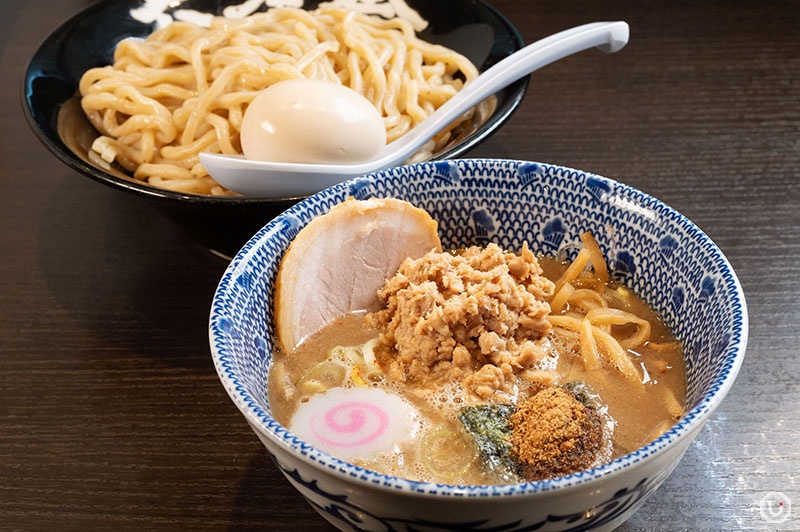
“特製つけめん,” Special Dip noodles 1,150 JPY (tax included)
Rokurinsha’s richly flavored broth captivates the crowd
The Ueno branch of Rokurinsha, located right near Ueno Station, is consistently bustling with customers.
The restaurant’s signature dish is tsukemen, a style of ramen where the broth and noodles are served separately. The noodles are then dipped into the broth before eating. Because of this, in English they are sometimes called “dip noodles” or “dipping noodles.”
Variations of tsukemen offered at Rokurinsha include “Dip Noodles with Soft-boiled Egg,” “Dip Noodles with Fresh-SHICHIMI,” and “Special Dip noodles,” each with different toppings.
The Special Dip noodles are a luxurious option that boasts all the popular toppings the restaurant offers, and even comes with a soft-boiled seasoned egg in the bowl with the noodles.
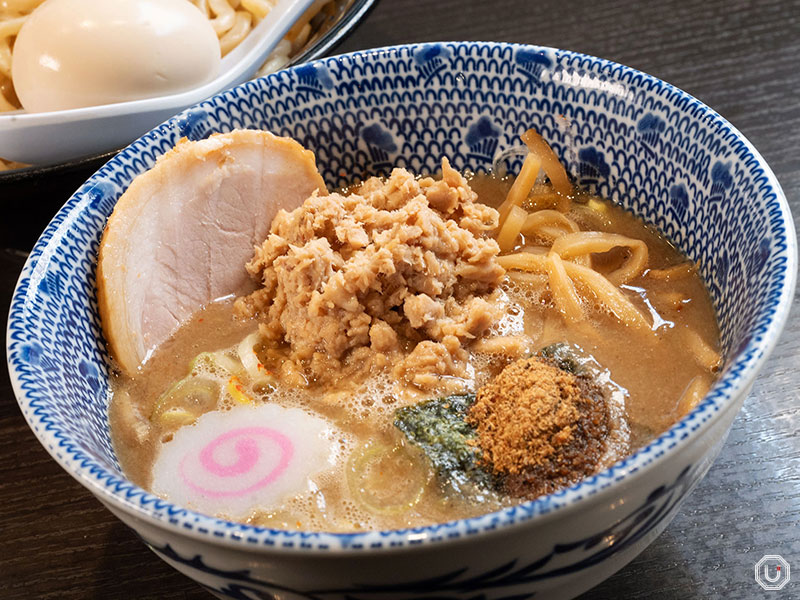
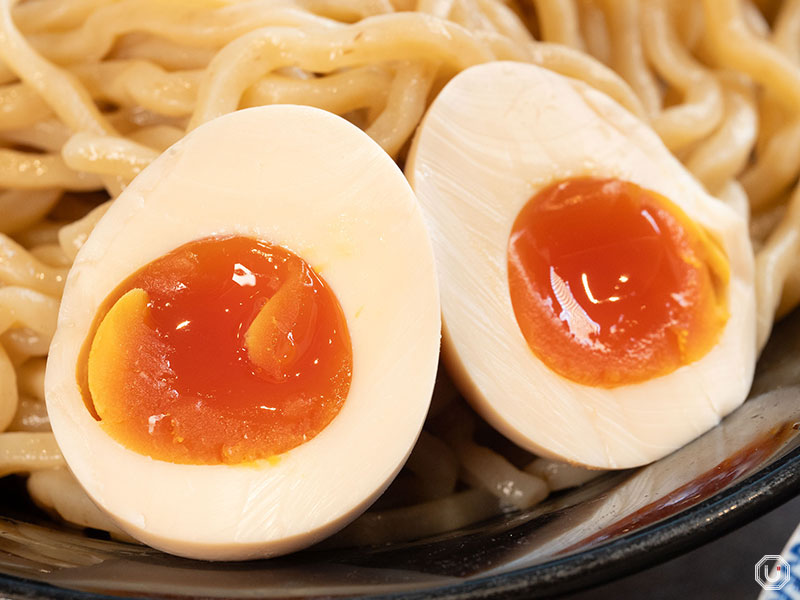
One of the toppings that particularly stands out at Rokurinsha is the buta-hogushi. This minced and shredded mound of pork (listed as “Small pieces of pork” on the menu) is a topping unique to Rokurinsha.
The topping not only enhances the richness of the soup, but also adds a level of heartiness to it.
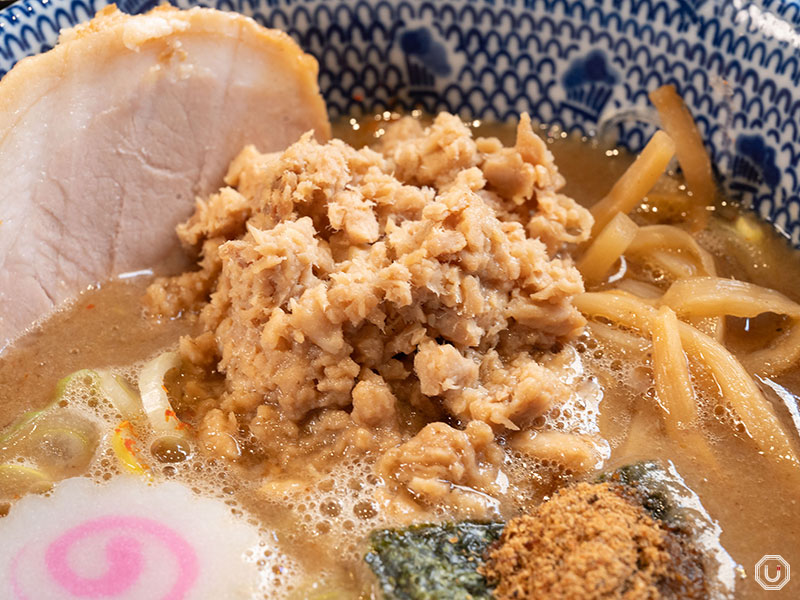
“豚ほぐし,” Small pieces of pork à la carte 180 JPY (tax included)
A distinctive feature of Rokurinsha is their savory soup, which strikes a perfect balance between sweetness and saltiness. Ingredients such as bonito flakes add another layer of depth to its flavor.
The harmonious blend of various ingredients in the soup is undeniably captivating, with a taste that satisfies many!
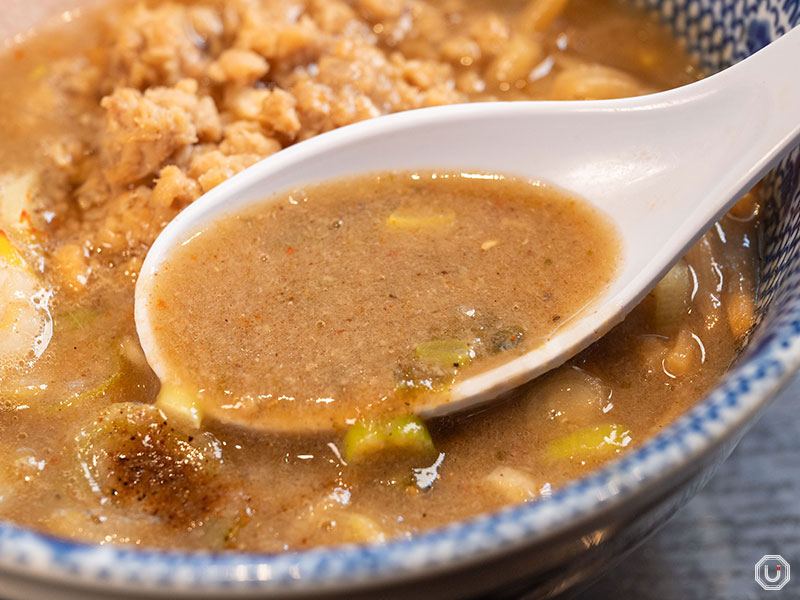
On top of the nori seaweed, you’ll find fish powder. Dissolving it in the soup creates a subtle change in flavor. There’s also small packets of fish powder provided at the table, allowing you to adjust according to your preference.
Whether you choose to mix the fish powder in from the start or gradually dissolve it to experience the changing flavors, how you enjoy the soup is completely up to you.
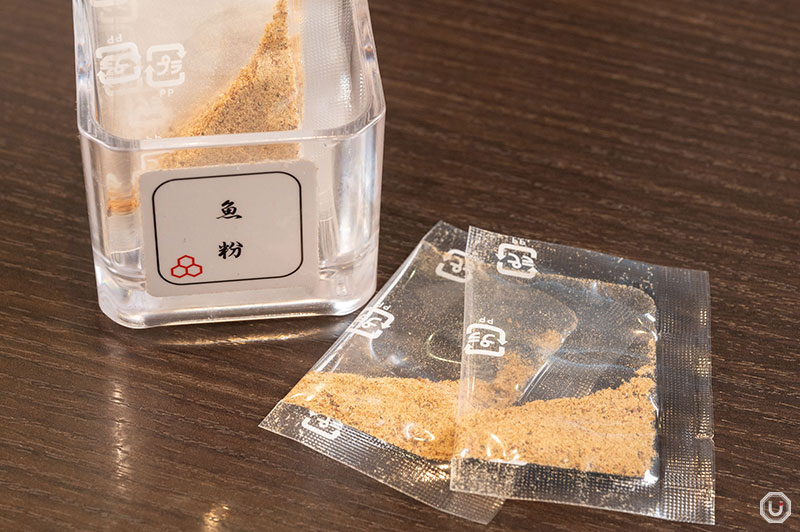
Fish powder
Not to be outdone by the soup, the noodles are just as super thick
To match their incredibly rich soup, Rokurinsha uses thick noodles with quite an impact. Not only do they have a smooth surface, when bitten into, they offer a chewy and substantial texture.
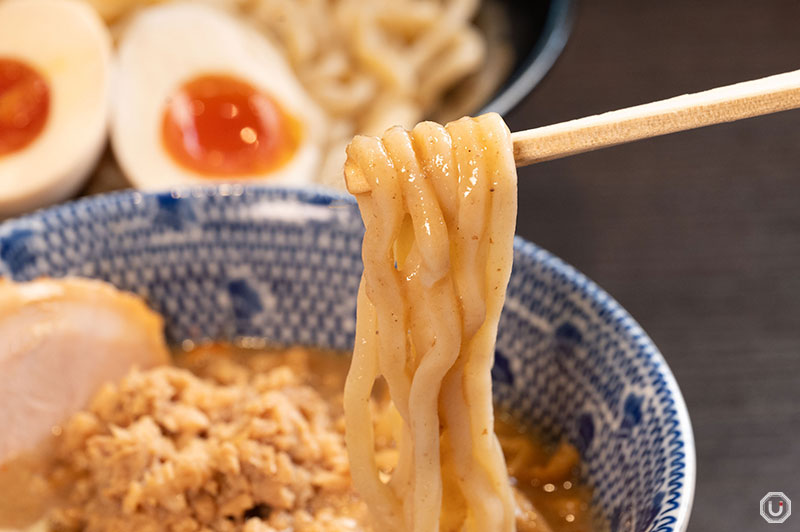
The restaurant uses noodles with a pronounced twist to ensure the soup clings to them. Thanks to their density, you can thoroughly savor both their flavor and that of the soup in the dish.
Rokurinsha’s “Ramen” is a bowl where the noodles and soup are completely unique
At Rokushina, the “Ramen” offers a different flavor experience compared to its tsukemen counterpart for you to enjoy.
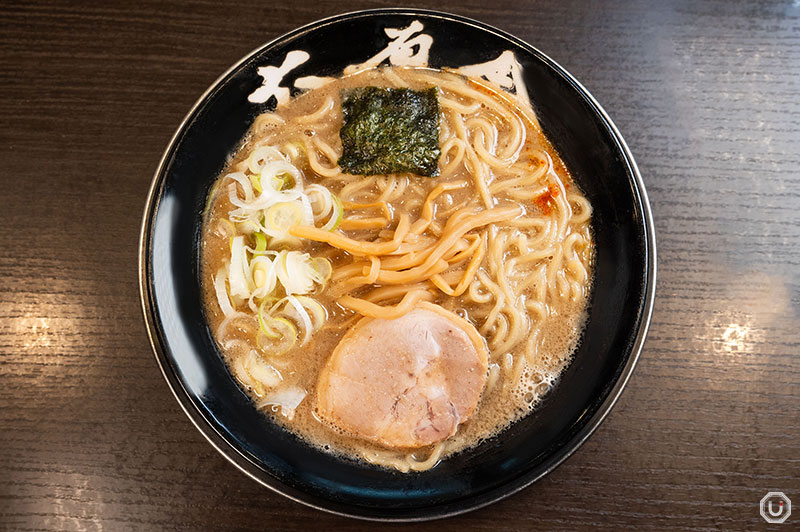
“中華そば,” Ramen 790 JPY (tax included)
While the shop’s tsukemen features thick noodles, the ramen boasts medium-thin noodles that blend exceptionally well with the rich and creamy tonkotsu soup. Taking a sip reveals a flavor distinctly different from the tsukemen, providing a pleasantly surprising twist!
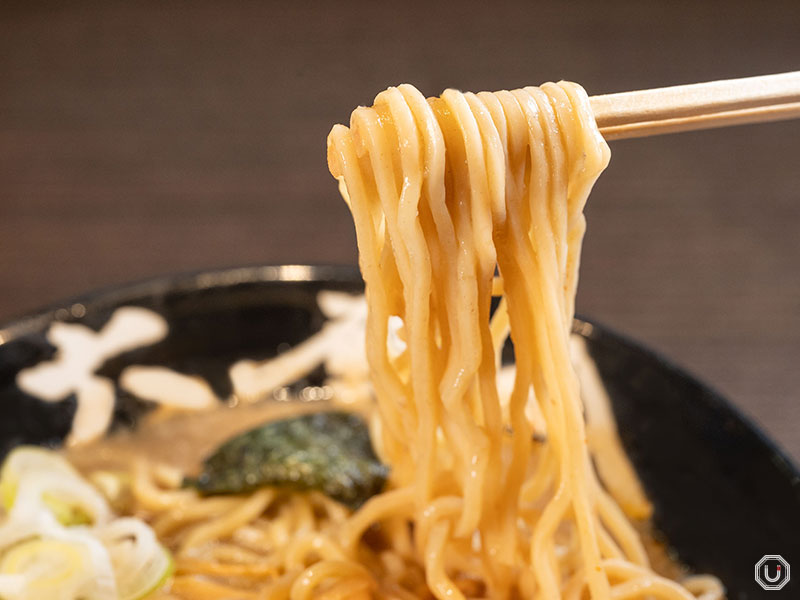
The flagship dish at Rokurinsha is the tsukemen but the excellence of the ramen makes it worth visiting specifically for this delightful alternative.
The shop’s ramen lives up to the expectations of veteran noodle enthusiasts, leaving many saying “as expected of Rokurinsha!”
Rokurinsha is stocked with many recommended seasonings and toppings
When visiting Rokurinsha, there’s a seasoning for your noodles that’s an absolute must-try.
That seasoning is called “Fresh-SHICHIMI.” Shichimi is Japanese seven-flavor chili pepper. Rokurinsha, however, offers a fresh and flavorful ten-ingredient version of it to use as a condiment for your ramen or tsukemen.
Rokurinsha’s “Dip Noodles with Fresh-SHICHIMI” is topped with this special seasoning, and is hailed as the greatest invention in the restaurant’s history!
The topping is available to order à la carte, so you can enjoy trying it out with other menu items such as the the restaurant’s classic tsukemen.
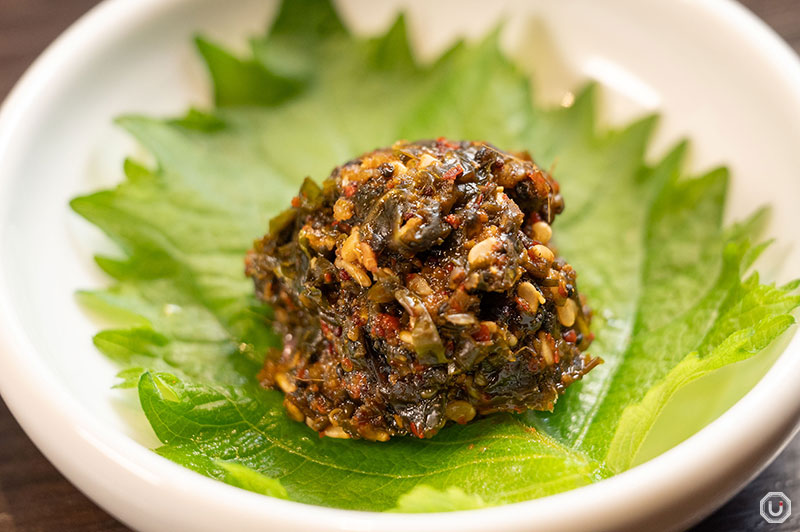
“生七味,” Fresh-SHICHIMI à la carte 100 JPY (tax included)
Typically, shichimi is known for its spiciness from red peppers, but Rokurinsha’s take on it prioritizes its full flavor.
When paired with the hearty soup, it releases a refreshing aroma that lingers.
If you want to savor the full flavor of this fresh shichimi, dipping your noodles into it by adding a spoonful in your soup is the way to go!

In addition, by using the seasonings available at the table, such as vinegar and yuzu powder, along with the store’s original “Rokurinsha Special Select Roasted Shichimi Black,” you can create a variety of flavor combinations.
The latter, a roasted blend of various spices, including red peppers and sanshō (Japanese pepper), is highly recommended.
It offers a more robust spiciness compared to the Fresh Shichimi, with a pleasant tingling sensation from the sansho’s distinctive flavor.
Since it complements every dish, be sure to give it a try when you visit Rokurinsha!
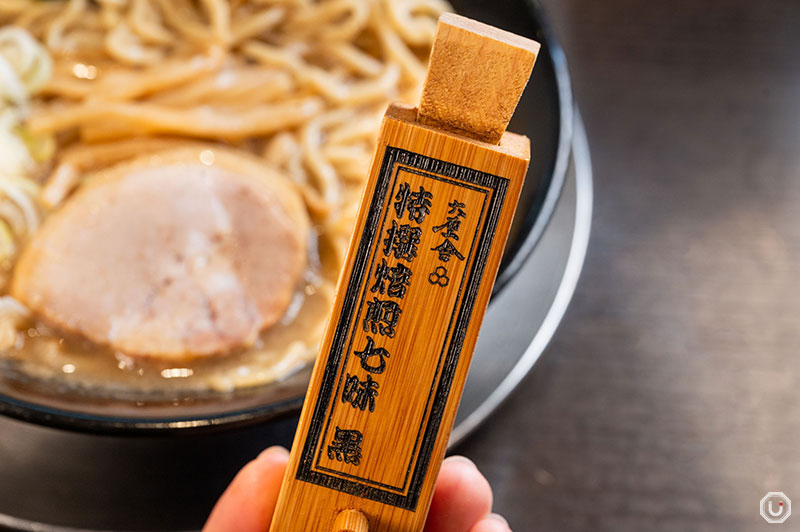
Rokurinsha Special Select Roasted Shichimi Black
The ever-changing flavor of Rokurinsha
At Rokurinsha, continuous adjustments to the soup and noodles are made on a daily basis, incorporating customer feedback.
One might think that if the restaurant already has a substantial fan base, there might be no need for significant changes. Additionally, altering the taste could potentially risk customers disliking the new flavors.
However, Rokurinsha holds the belief that they must continue to evolve, seeking improvements even if it means a 180-degree shift from their initial opening. They view this as essential to providing customers with the best bowl of ramen.
The fact that this evolution has been a positive for the restaurant is evident in its enduring popularity. This is why Rokurinsha continues to receive praise as “a legend in the world of tsukemen” and as having “built a new era for tsukemen.”
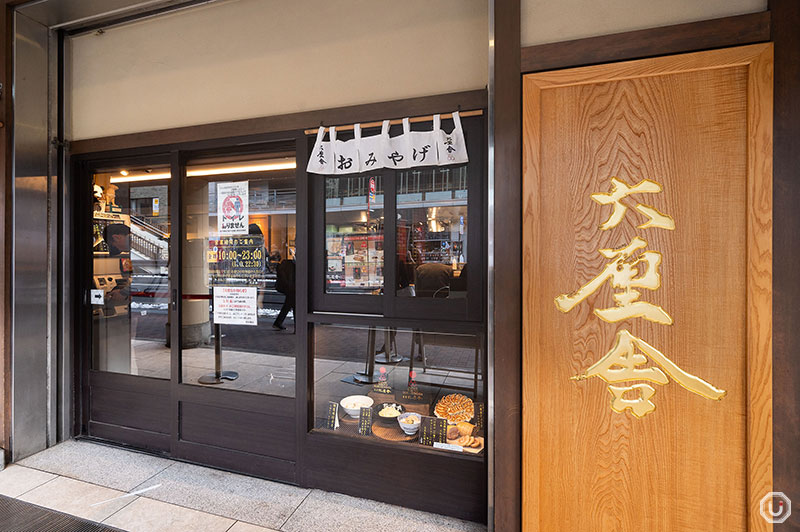
Rokurinsha’s exterior
Information
| Store name | 六厘舎 上野店 Rokurinsha Ueno |
|---|---|
| Address | Atre Ueno 1F, 7-1-1 Ueno, Taito-ku, Tokyo
|
| Access |
Ueno Station(UEN) 1-minute walk from Ueno Station Yamashita Exit
Keisei Ueno Station 2-minute walk from Keisei Ueno Station Main Exit
|
| Phone number | 03-5826-5776 |
| Reservations | Not accepted |
| Payment |
|
| Hours | 10:00-23:00(last order 22:30) |
| Closed | No holidays excluding atre Ueno holidays |
| Seating | 24 seats 14 counter seats, 10 table seats |
| Smoking | All seats are non-smoking |
| Official website | https://www.rokurinsha.com/ |
| Other information |
|
※Menu contents, prices, store information, etc. are current as of February 2024.
